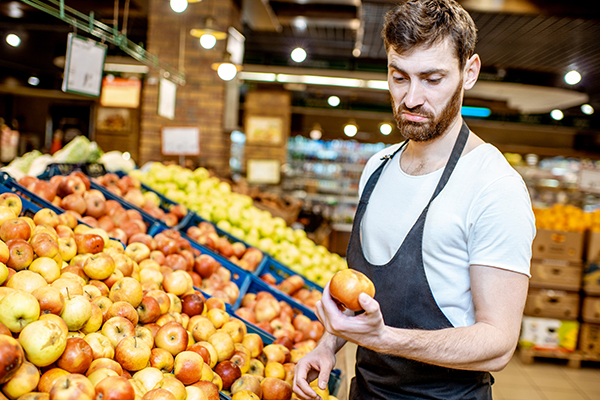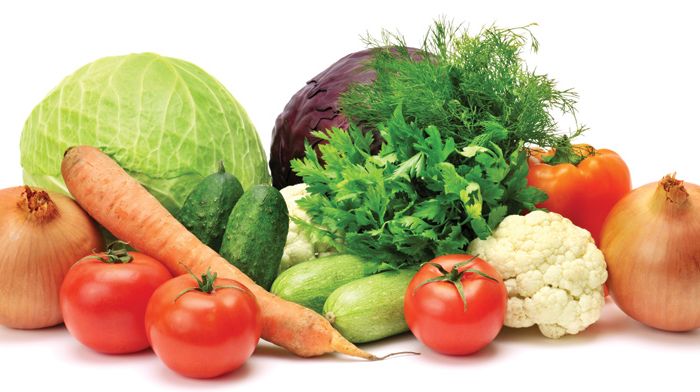Why Canning in Foodservice Really Isn’t a Good Way to Preserve Fresh Produce
Canning has long been a trusted method for preserving fresh produce, offering a way to extend shelf life and minimize waste. I grew up canning garden produce at home with my family and to do this day, I still can salsas, meat broths, pickles, and other tomato products for home use. In fact, it is a hobby of mine that I enjoy undertaking – much to the chagrin of my wife who simply tolerates my obsession to find new, interesting, and safe canning recipes.
Canning has had a resurgence of sorts in the past few years. Thousands of videos online address the topic and fueled by the supply chain disruptions and rising food prices we’ve seen since the pandemic in 2020, canning has become a popular activity once again. Home canning is a great activity – it allows individuals to preserve the produce they grow or buy locally, reduces dependence on store-bought goods, gives you greater control over your food supply and what goes into it, and fosters a sense of independence and preparedness.
That said, home canning should stay just that way – in the home. In a foodservice environment, we’ve seen increased interest in this among chefs and managers as they look to make use of farm-to-table or farm-to-school programs. While it may be ideal for home operations, canning fresh produce in a foodservice setting is often impractical and can lead to inefficiencies and safety risks.
Canning is very labor-intensive, requiring multiple steps. Once you have the produce in the operation, you must wash it, process it, sterilize your jars, prepare the product, fill the jars, and then finally process. Then, once you finish processing you realize that some of your jars didn’t seal, and all that work was for naught! In a foodservice environment where efficiency is paramount, dedicating staff hours to such a tedious process can disrupt operations. Instead of focusing on food preparation and service, staff would be tied up with canning, reducing overall productivity and profitability.
Most importantly, canning carries inherent food safety risks. Improper canning can lead to botulism, a serious and potentially fatal illness caused by the bacterium Clostridium botulinum. Even a small amount of botulinum toxin can make someone ill because the toxin is so potent. Ensuring safe canning practices requires rigorous adherence to tested methods, proper acidity levels, and precise processing times. There’s little room for error, and the stakes are too high if safety protocols are compromised.
From a regulatory standpoint, home canned foods are not allowed in school meal programs per USDA FNS guidelines. If you are another retail foodservice operation, you can only partake in this type of food preservation methods with the approval of your regulatory authority. At the very least, the FDA model food code would require that you have a fully functional HACCP plan in place to receive a variance to engage in this method of food preservation.
In closing, I am a big proponent of home canned food and encourage everyone to try it at least once…at home being the key phrase. But it is a different story in a foodservice operation where you are serving hundreds, if not thousands of guests daily. Hopefully, this discussion will quell your desire to implement canning in your foodservice operation. While canning may seem like a great marketing ploy and a way to preserve fresh produce, it is far from ideal in the foodservice industry. The time, labor, and safety risks associated with canning far outweigh its benefits for a commercial operation. Risk Nothing.
Call out: Most importantly, canning carries inherent food safety risks…there’s little room for error, and the stakes are too high if safety protocols are compromised.
READ MORE POSTS
The Alphabet Soup of Hepatitis and Why it Should Concern Foodservice Operators.
Late in July, I was made aware that World Hepatitis Day was on July 28th. I do have to be honest – similar to most of you reading this, I was surprised there was such a thing. After doing a bit of research, I discovered July 28th was named as such to recognize the birthday of Dr. Baruch Blumberg, who first discovered the hepatitis B virus in 1967 and then two years later developed the first hepatitis B vaccine. Each year, the Centers for Disease Control and Prevention and the World Health Organization recognize the day to help raise awareness about hepatitis, which impacts over 300 million across the globe and causes more than one million deaths a year.
Food Recalls: Another Important Reason to Have a Sound Traceability Program in your Foodservice Operation
Earlier in the month, I discussed a bit about the proposed traceability rules that may be coming out soon. One result of implementing the proposed rule and improving overall food traceability in your operation is the ability of those in the food chain to quickly identify and pull product involved in a food recall.










